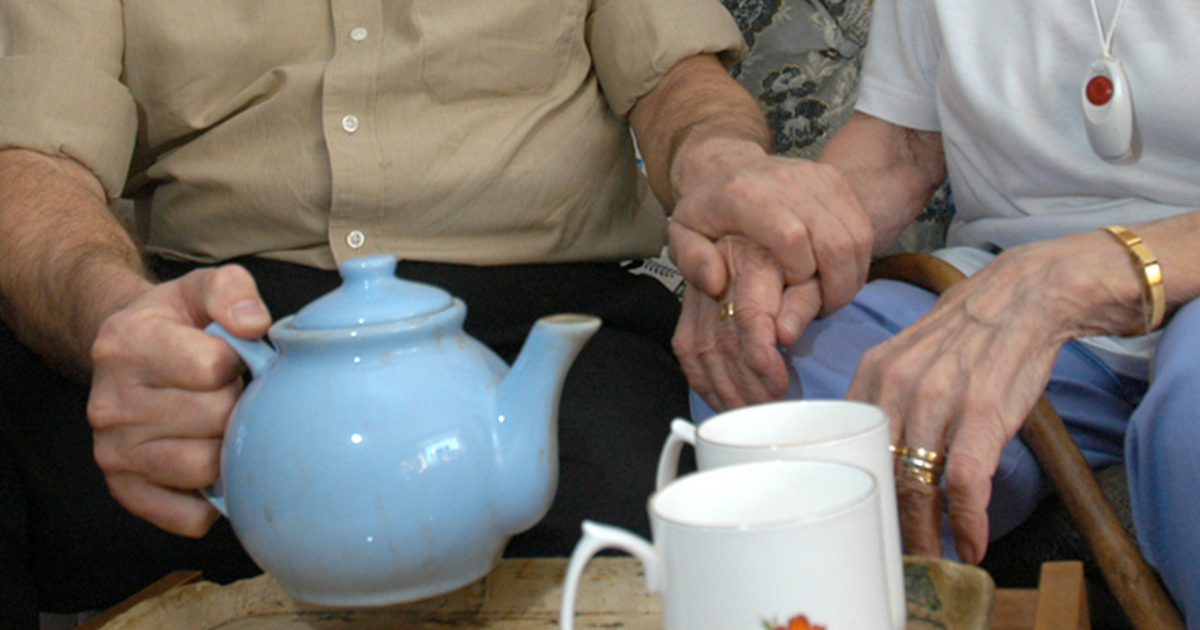Social isolation is everywhere in society: we need a society-wide response

The festive season often gives cause to reminisce about the past: happier times, sadder times, younger times. And it has become a seasonal ritual to consider those less fortunate, those for whom this is a difficult time, those who are alone.
Social isolation and loneliness are on the increase. And, according to research from three continents, loneliness is as lethal as smoking 15 cigarettes a day. Lonely people are will have poorer mental and physical health and are 50% more likely to die prematurely than those with healthy social relationships.
Think back to, or imagine, life in the 1950s. Most people lived in multi-generational households, with grandparents, parents, children, and often cousins and other extended family members too. There was often a lodger or two. Most people worked close to where they lived. This meant regular, almost constant, social interaction, albeit to the detriment of privacy and personal space.
The very understandable impulse to seek more privacy and personal space and the rise of the consumer society in the 1970s, led to lots more people living in smaller households. There was a huge rise in the number of households and a reduction in average household size. From the 1970s to early 1990s, households became much more concentrated on “nuclear family” units: parents and children. Generations became more geographically dispersed. People travelled further for work and education.
Now, many more people live on their own or in accommodation shared with non-family members. The proportion of 1 and 2 member households has doubled since the 60s. People born after 1980 are now, as adults, more likely to live alone or in shared rented accommodation than their parents. They face increased commuting times for work, increasingly precarious employment - often involving two or three jobs, and ever more demanding careers. And older people face social isolation and loneliness, living apart from family, cut off from the social networks that previously existed.
The shift we have seen in our housing habits may have led to increased privacy and personal space, but it has also created more social isolation.
This economic system and the associated atomisation and individualisation of society clearly causes more isolation: increasing numbers of households might be good for the market, but it is not necessarily good for people. We have a huge challenge on our hands: imagining what a society that allows people privacy and personal space but also avoids isolation might look like. And we know that the solutions to such a challenge cannot come through individual action alone. Tackling something as lethal as smoking 15 cigarettes a day requires a coherent social and political response.
Technology is often presented as the solution, and there are some well-rehearsed arguments around social media and its problems: it is definitely true that platforms which aim, first and foremost to keep our attention and allow us to show off only the positive sides of our lives, are bad for people. But there is enormous potential in technology to create platforms targeted not at clicks, likes, and shares, but at reducing isolation and loneliness and improving individual and social wellbeing.
And it is not just social media: there is untapped potential in things like virtual reality to give people experiences that they otherwise might not be able to have. We know the value of reminiscence groups in helping older people with dementia or loneliness. There is surely potential, then, for the full simulation through virtual reality of football matches, work places, or even the pubs of their youth to enable much richer discussions and interactions for these people.
And, as we know it is not just older people who face social isolation and loneliness, we need to find ways of using and adapting such techniques and technologies for other generations too. The Beast from the East, earlier this year, showed us just how broken the current systems we rely on to provide support are. We need to be finding ways, now, to sit down with our neighbours, our communities, to work out how we can cope if and when (when!) the bigger, badder ‘Beast from the East 2: Even Beastlier’ arrives.
Let’s plan not just how we can be resilient in the face of bad weather, but how we can use this as a spark to increase neighbourliness year round. Sharing a bit of babysitting to relieve cabin fever while everyone is snowed-in is good, but making that an ongoing relationship might begin to really tackle isolation. Clearing snow from your neighbour’s path is great, but using it to start a conversation about how you can support one another is even better. And if we can begin to use social media platforms to prompt people to build community rather than just promote products, so much the better.
We know we need to build a society where people feel stronger connections to one another. Technology isn’t the solution - spending more time with our friends, families, neighbours and communities is the solution. But there are huge opportunities to harness technology for good. And to think about how we can all live better with one another in the coming year.
